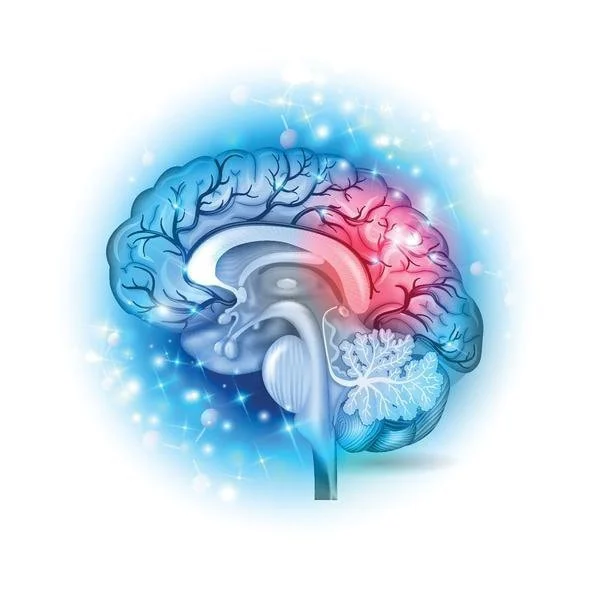Today, we embark on a fascinating journey into the world of vestibular canals and the unexpected balance issues they can create. These tiny but powerful structures help us stay steady, yet when things go awry, they can turn even the simplest movements into a dizzying adventure. Let’s uncover the secrets of our inner ear and explore how these canals keep us upright—or send us spinning.
Nature’s Gyroscope: The Vestibular System
Hidden within the labyrinth of the inner ear lies a remarkable system dedicated to balance—the vestibular system. It consists of three semicircular canals: the superior, posterior, and horizontal canals. Filled with fluid, these delicate structures function like nature’s own gyroscope, helping us coordinate movement and maintain stability. Whether we’re dancing, hiking, or simply walking down the street, they work tirelessly behind the scenes to keep us upright.
When Balance Goes Bonkers
Even the best navigators encounter rough waters, and the vestibular system is no exception. When these canals send mixed signals to the brain, balance can take an unexpected turn. Motion sickness, for example, occurs when the brain receives conflicting messages from the eyes and inner ear, resulting in dizziness, nausea, and an urgent need for steady ground. Imagine sitting at your desk yet feeling as if you’re on a turbulent roller coaster—a truly disorienting experience!
The Unwelcome Waltz of Vertigo
One of the most unsettling disruptions to balance is vertigo. This condition arises when the vestibular canals malfunction, creating a false sensation of spinning or tilting. The world suddenly feels like a dance floor in motion, even when you’re standing still. Triggers can include inner ear infections, head injuries, or even stress. While the idea of an involuntary tango may sound amusing, those who experience vertigo know the struggle of navigating a world that won’t stop swaying.
Regaining Your Sea Legs
Luckily, there are ways to restore balance and steady the ship. Treatments range from medication and physical therapy to targeted exercises that retrain the brain. For milder cases, simple lifestyle adjustments—like staying hydrated, reducing caffeine and alcohol intake, and maintaining a regular sleep schedule—can help keep dizziness at bay.
So, the next time you feel unsteady or unexpectedly stumble, remember the complex yet incredible system working to keep you balanced. While vestibular issues can be disorienting, understanding them allows us to regain control. With the right knowledge—and a little humor—we can learn to steady ourselves, embrace the adventure, and dance through life with confidence!





